I have Googled this for hours but could find no advice for the following problem (using Swift).
I have seen in many apps an option to select the language from inside the app like this:

(source: unity3d.com)
I would like to achieve something similar, but am having trouble implementing it. I have localized my app and have my Localizable.strings files all set up. I'd imagine it has something to do with storing the language selected in NSUserDefaults, but how can I make the app use the appropriate Localizable.strings file once a language has been chosen? Or is that the wrong way to approach it?
How have others successfully implemented this feature in Swift?